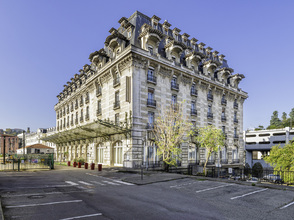- Discover
- Heritage / UNESCO
- Remarkable sites and monuments
- The Presqu'Ile district
The Presqu'Ile district
Remarkable sites and monuments
Last updated date : 27/07/2023
The Presqu’île (or peninsula) is Lyon’s central district and stretches between the Rhône and Saône rivers, from Place des Terreaux in the north to the new Confluence district in the south. The Presqu'île is not only a top spot for shopping but also a great place for walks past the city’s 19th century buildings and major monuments.
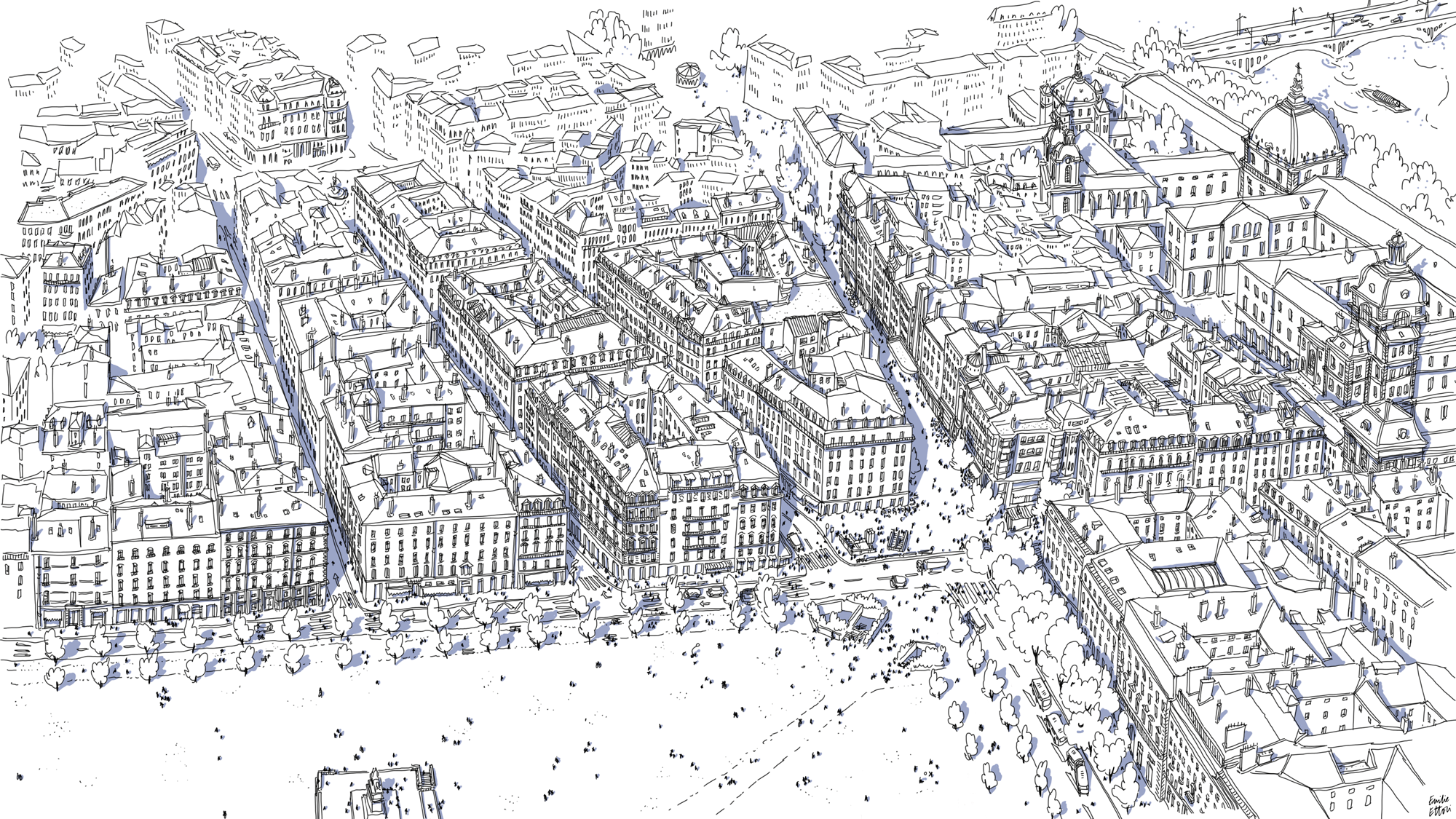
See all pictures
The Presqu'île, the heart of the city
Before Lyon was founded by the Romans, the Rhône and Saône rivers met at the foot of the Croix Rousse district, site of the Gaulish town of Condate. In Roman times, the future Presqu'île bore the name of “Island of Canabae” and was used to store goods.Drainage work was undertaken to create one continuous space from the slopes of Croix-Rousse to the Ainay district.
Under the reign of Napoleon III (from 1852 to 1870), the Presqu’île took on its current appearance through the efforts of Prefect-Senator-Mayor Vaïsse, who was nick-named “Lyon’s Baron Haussmann”. He built major roads between Place Bellecour and Place des Terreaux, modifying the narrow streets inherited from medieval times. A set of imposing buildings with deep courtyards built in the 18th and 19th centuries arose on the Presqu'île.
Drainage work was undertaken to create one continuous space from the slopes of Croix-Rousse to the Ainay district.
Under the reign of Napoleon III (from 1852 to 1870), the Presqu’île took on its current appearance through the efforts of Prefect-Senator-Mayor Vaïsse, who was nick-named “Lyon’s Baron Haussmann”. He built major roads between Place Bellecour and Place des Terreaux, modifying the narrow streets inherited from medieval times. A set of imposing buildings with deep courtyards built in the 18th and 19th centuries arose on the Presqu'île.
The Presqu'île’s major roads:
- Rue Mercière: this left-over from the Renaissance-era Presqu'île features remarkable 15th- and 16th-century buildings. It is now best known for its many restaurants.
- Rue de la République, formerly Rue Impériale, built from 1855 to 1858. This is Lyon’s main shopping street and has been pedestrianised since 1975.
- Rue Président Edouard Herriot, formerly Rue de l'Impératrice, it was redeveloped in the 1860s and is now home to a number of luxury boutiques.
- Rue Victor Hugo, built in 1842 to link Place Bellecour to Perrache train station.
The district stretches from Bellecour, the largest pedestrianised square in Europe, to Place des Terreaux, home of both city hall and Lyon museum of fine arts. The 19th-century buildings bear witness to the great wealth of Lyon’s bourgeoisie, and the emblematic fountains and monuments are lit-up at night to show Lyon’s lighter side. Theatres, cultural venues and restaurants bring the Presqu’île to life in the evening. In the meantime, to the south of the district, Lyon 2.0 is under construction in the new contemporary Confluence neighbourhood.
Must-see sites
Magazine
We also talk about it in…
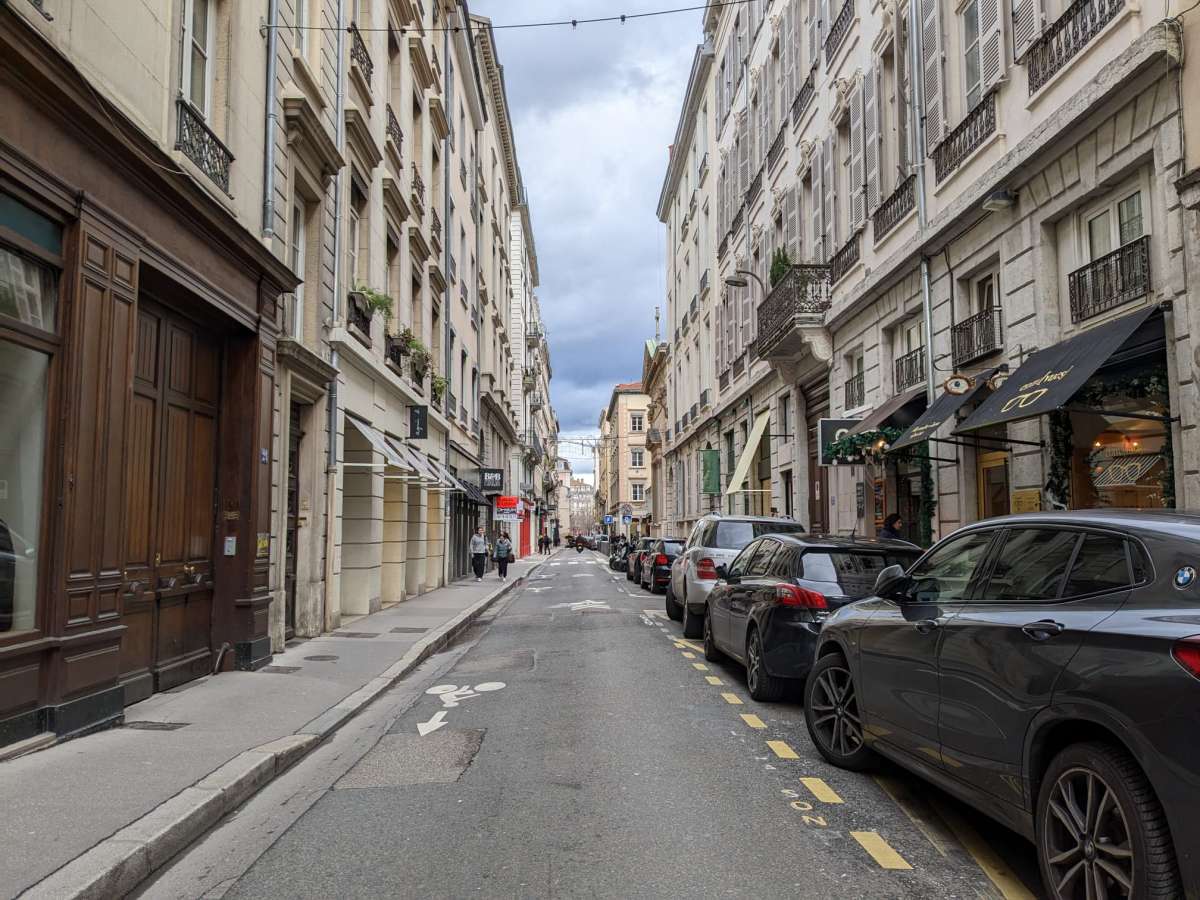
Out and about
Spring in Ainay
A little slice of the Presqu’île snuggled between Perrache and Bellecour, the ever chic neighbourhood of Ainay has traditionally been inhabited by Lyon’s most distinguished families, as well as gallery owners and antiques dealers. It is now a bastion of good taste with a chilled attitude.
Discover

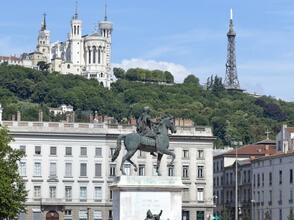
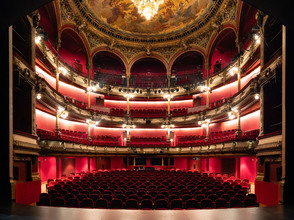
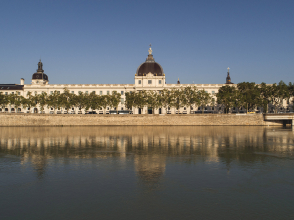
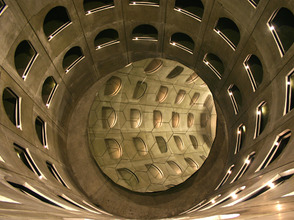
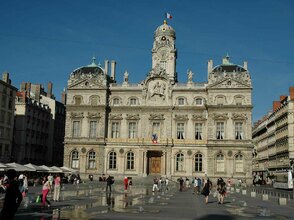
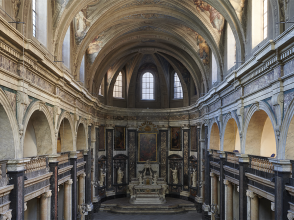
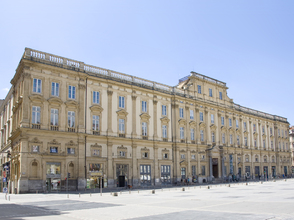
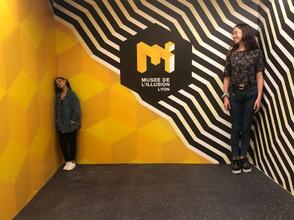
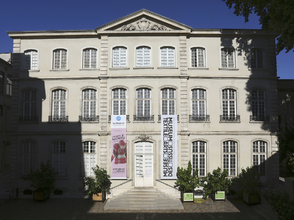
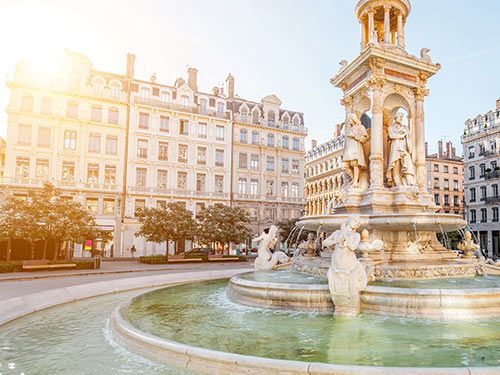
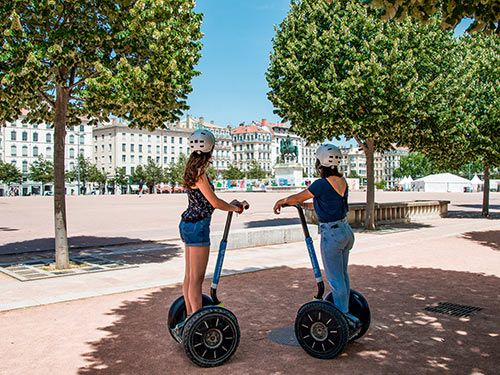

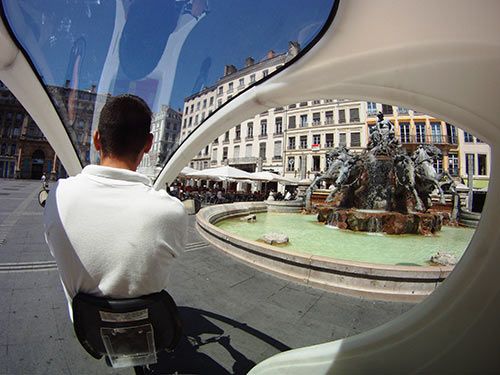
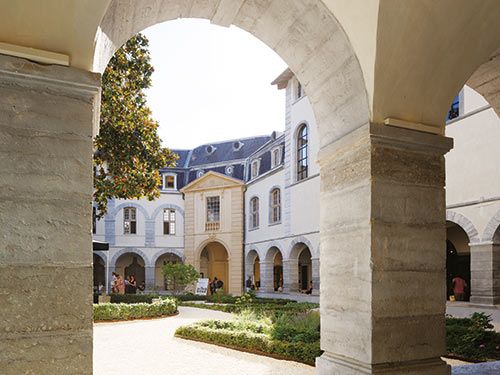
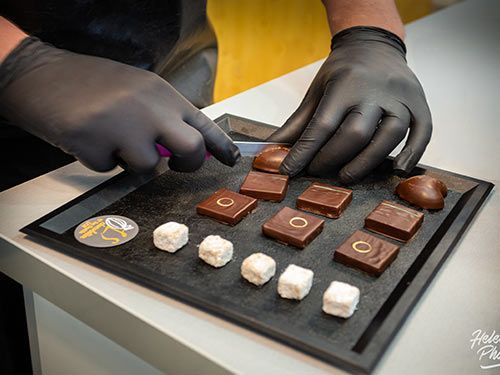
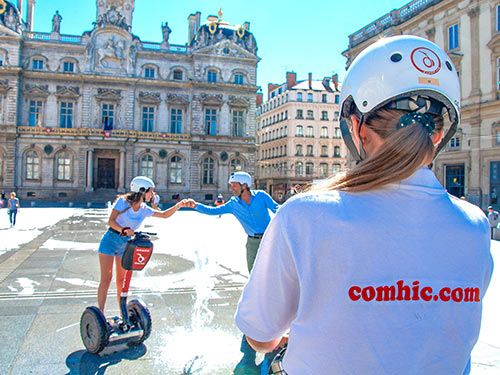
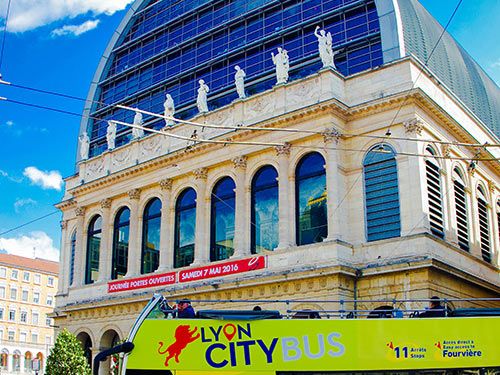
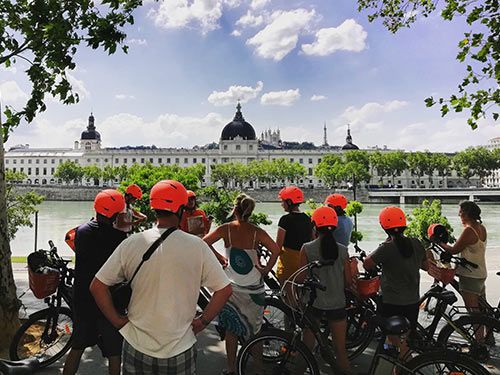
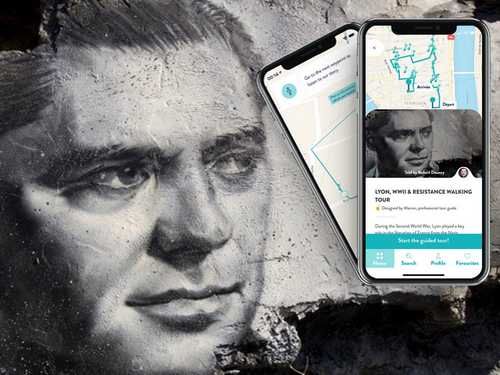
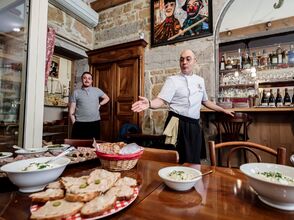
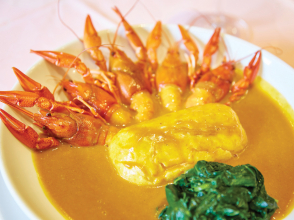
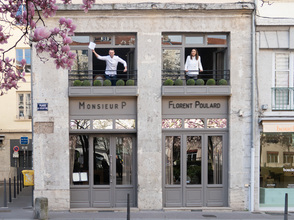
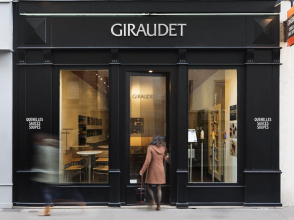
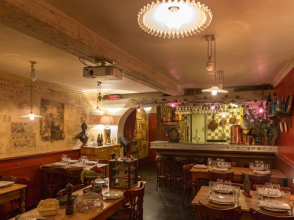
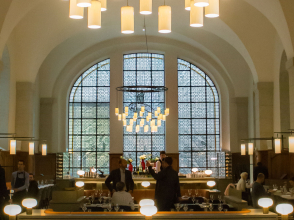
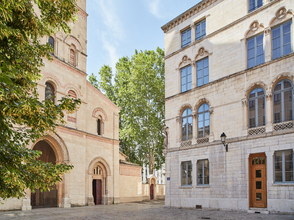
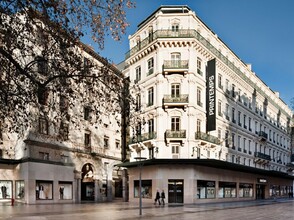
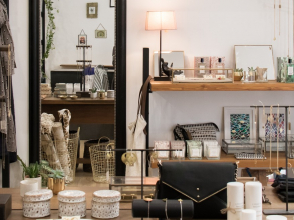
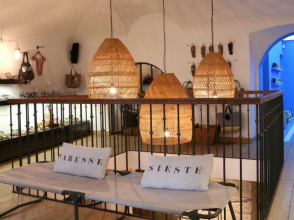

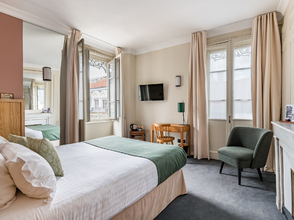
 Eric Cuvillier (8) - Copie.jpg)
